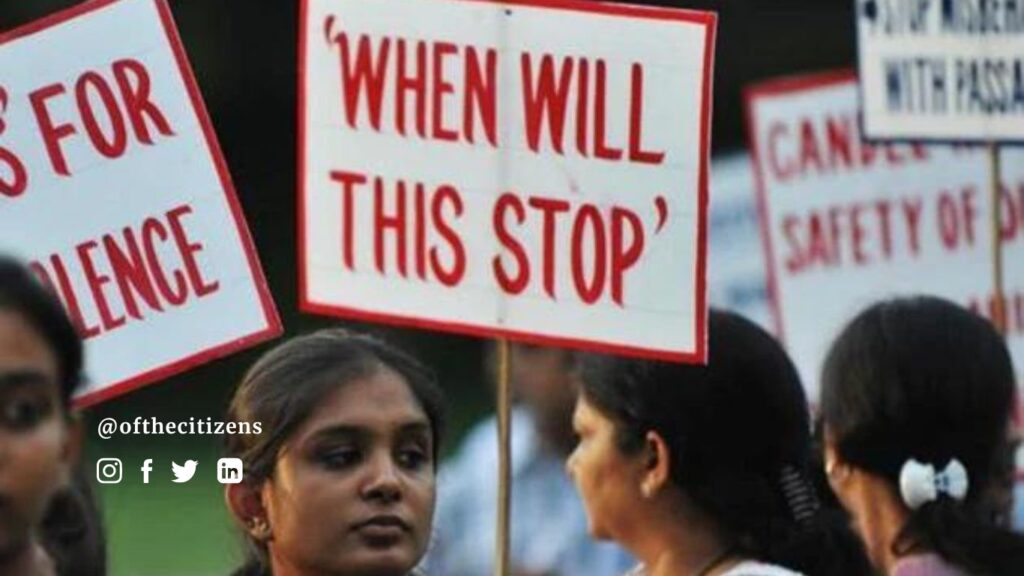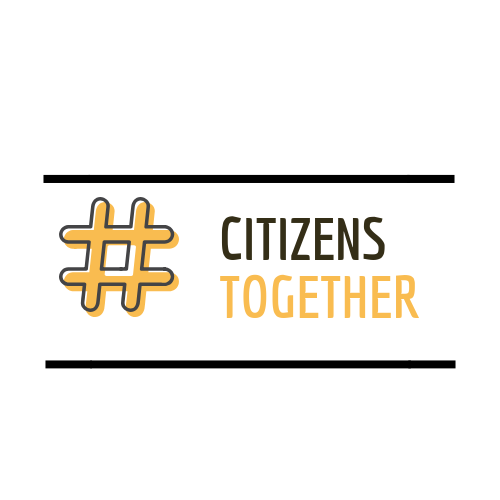Somewhere in India, a woman hurries home, clutching her keys tightly, her mind racing with the knowledge that danger could be lurking around any corner. Another woman, bruised and shaken, hesitates to report her abuser, doubting whether the system will protect her or fail her as it has so many others. Meanwhile, somewhere else, another woman is being told she’s “fortunate” to have survived an assault. These aren’t isolated stories—they are fragments of a grim reality, a war that rages silently across the nation. This is not a war fought with guns, but with deeply ingrained prejudices, systemic neglect, and a culture of silence that allows violence against women to persist.
Recent Cases That Shocked the Nation
The past few years have seen a series of high-profile cases that have brought this issue into sharp focus, each revealing a different facet of the complex problem:

The Kuldeep Singh Sengar Case: A Prolonged Fight for Justice
The case of Kuldeep Singh Sengar, a former MLA from Uttar Pradesh, stands out as a stark example of the challenges victims face when their abusers hold political power. In 2017, a teenage girl accused Sengar of rape. What followed was a harrowing journey for the survivor and her family:
- The victim’s father died in police custody after allegedly being beaten by Sengar’s brother and accomplices.
- In 2019, a truck collided with the car carrying the victim and her lawyers, killing two of her aunts and leaving her and her lawyer critically injured.
- Sengar was finally convicted in December 2019 and sentenced to life imprisonment.
“The Sengar case exemplifies how power can be misused to intimidate victims and obstruct justice,” says Vrinda Grover, a human rights lawyer. “It took extraordinary courage from the survivor and intense media scrutiny to finally secure a conviction.”
The Bilkis Bano Case: Justice Derailed?
In August 2022, the nation was shocked when 11 men convicted of gang-raping Bilkis Bano and murdering her family members during the 2002 Gujarat riots were released early from prison. The case reignited debates about the value placed on women’s lives and the political influences on justice.
Their premature release on grounds of “good behavior” sent shockwaves through the nation, challenging the very notion of justice for survivors of sexual violence.
The Supreme Court found that authorities had violated another rule in setting the convicts free in its order in 2024, in which it ordered them to surrender to prison officials in Gujarat within two weeks.
“The Bilkis Bano case is a stark reminder of how fragile justice can be for women in India,” says senior advocate Indira Jaising. “It sends a chilling message to survivors of sexual violence.”
Wrestlers’ Protest: Power, Politics, and Sexual Harassment
Since January 2023, some of India’s most celebrated women wrestlers have been protesting against alleged sexual harassment by the Wrestling Federation of India’s president. Their struggle highlights how even women at the pinnacle of success and national recognition are not immune to sexual violence and the challenges of seeking justice.

The Numbers Behind the Headlines
While these high-profile cases capture national attention, they represent only a fraction of the problem. Recent statistics paint a grim picture:
- Every 16 minutes, a woman is raped in India. This heartbreaking fact shows how often women are forced to live in fear, wondering if they might be next. It’s a reality that should make us all stop and think—why is this still happening?
- Over 87% of women have faced sexual harassment in their life. Imagine almost every woman you know carrying the weight of these experiences. This isn’t just a statistic; it’s a sign of how deeply broken our society is when it comes to respecting women.
- In 2022, more than 31,000 rapes were reported.These numbers are staggering, but they’re likely just the tip of the iceberg. For every case we hear about, many more go unspoken, leaving countless women to suffer in silence.
- Only about 1 in 4 rape cases end in conviction. This low rate isn’t just a failure of the justice system; it’s a failure of our society to stand up for what’s right. When justice is so rare, what message does that send to survivors? And what message does it send to those who commit these crimes?
Each of these figures represents a life forever altered—a woman whose world has been torn apart, her dignity stripped away by a society that too often chooses to look the other way.
“These numbers, shocking as they are, likely underrepresent the true scale of the problem,” says Ranjana Kumari, Director of the Centre for Social Research. “Fear, shame, and lack of faith in the system keep many survivors from reporting their experiences.”
Why Haven’t Things Improved?
Despite stricter laws and increased awareness since the watershed 2012 Nirbhaya case, the situation on the ground remains largely unchanged. Experts point to several factors:
- Patriarchy: A culture that often values men over women, treating the latter as lesser beings whose safety and dignity are expendable.
- Lack of Comprehensive Sex Education: Without proper education on consent, respect, and gender equality, harmful attitudes and behaviours are perpetuated across generations.
- Systemic Failures: An overburdened, sometimes insensitive law enforcement system that often fails to support victims and hold perpetrators accountable.
- Political Apathy: Women’s safety often becomes a talking point during elections but rarely translates into sustained, meaningful action.
- Judicial Delays: A sluggish judicial process that can stretch for years, leaving victims without closure and emboldening offenders.
- Victim-Blaming: A persistent, insidious myth that women are somehow responsible for the violence inflicted upon them, which further silences and isolates victims.
Addressing these issues isn’t just about protecting women—it’s about challenging the very structures that uphold and perpetuate this violence. It’s about demanding a fundamental shift in how society values women, and how it responds to their suffering.

A Blueprint for Change
The road to meaningful change is long, but the steps are clear:
- Revamp Sex Education: Introduce comprehensive sex education in schools that covers consent, respect, and gender equality, empowering the next generation to break free from the cycle of violence.
- Sensitize Law Enforcement: Massive investment is needed to train police and judiciary to handle cases of violence against women with the sensitivity and seriousness they deserve.
- Challenge Toxic Masculinity: Launch a nationwide campaign to confront and dismantle toxic masculinity, promoting a culture of respect and equality.
- Support Survivors: Establish robust support systems for survivors, providing them with immediate care, legal assistance, and long-term psychological support.
- Community Engagement: Launch nationwide awareness campaigns to challenge harmful gender norms and promote bystander intervention.
- Media Responsibility: Encourage responsible reporting that respects survivors’ privacy and avoids sensationalism or victim-blaming.
But systemic change alone is not enough. A revolution must take place in our homes, workplaces, and social circles. It’s in the conversations parents have with their children about consent and respect. It’s in the workplaces that actively promote gender equality. It’s in the social circles that refuse to tolerate casual sexism.
The Power of Individual Action
Imagine an India where:
- Women can walk freely, without fear, at any time of day or night.
- Girls continue their education without fearing the journey to school.
- “What was she wearing?” is never asked in a courtroom, because the focus is rightly on the crime, not the victim.
This vision isn’t a utopian fantasy—it’s the bare minimum expectation of a civilised society. The path to this reality begins with each of the citizens. It lies in the dialogues, the collective actions , and the values one chooses to uphold. Every time a person speaks out against injustice, challenges harmful behaviours, or supports a survivor, they are actively contributing to a culture of safety and respect.
As this crisis continues to unfold, it’s crucial for every Indian to make a commitment. It’s upon every citizen to use their voices , and privileges to push for a positive change.It must refuse to remain silent in the face of injustice and strive to be the allies that every woman in India deserves.
The opposite of violence isn’t merely peace—it’s a possibility. A possibility of an India where every woman can live, work, and dream without fear. This isn’t just an ideal to aspire to; it’s a reality that must be demanded. The question isn’t just how society responds to this crisis, but how it must contribute to a future where such a crisis no longer exists.
The war may be silent, but the response doesn’t have to be. It’s time to break the silence, together, and reclaim the streets, the spaces, and the freedom that belongs to every woman in India.




Very well written article. It is actually the need of the hour and highlights the plight of Indian women in our society. The measures suggested can really change the mindset of society.
Thank You.